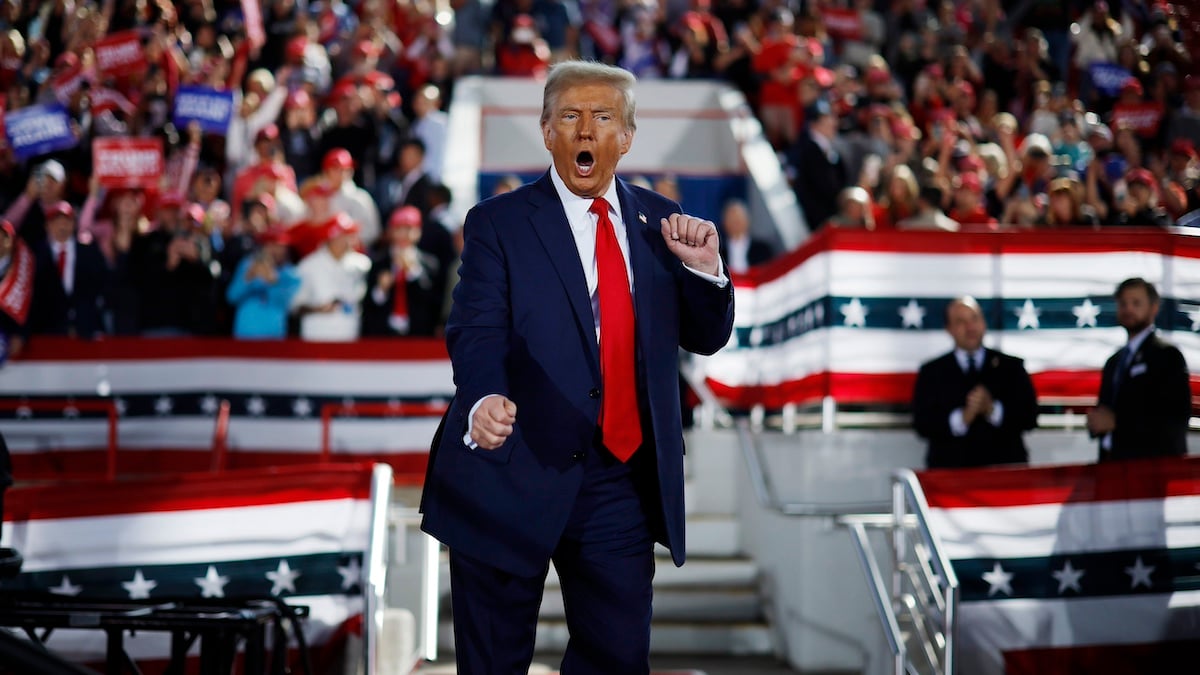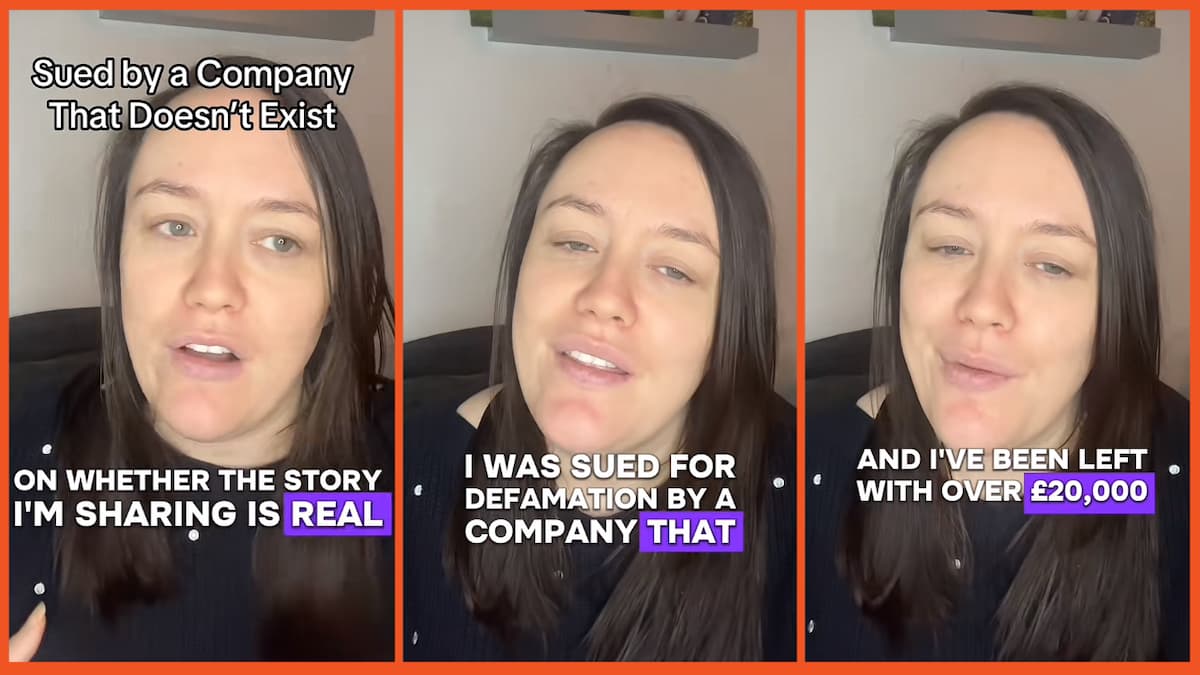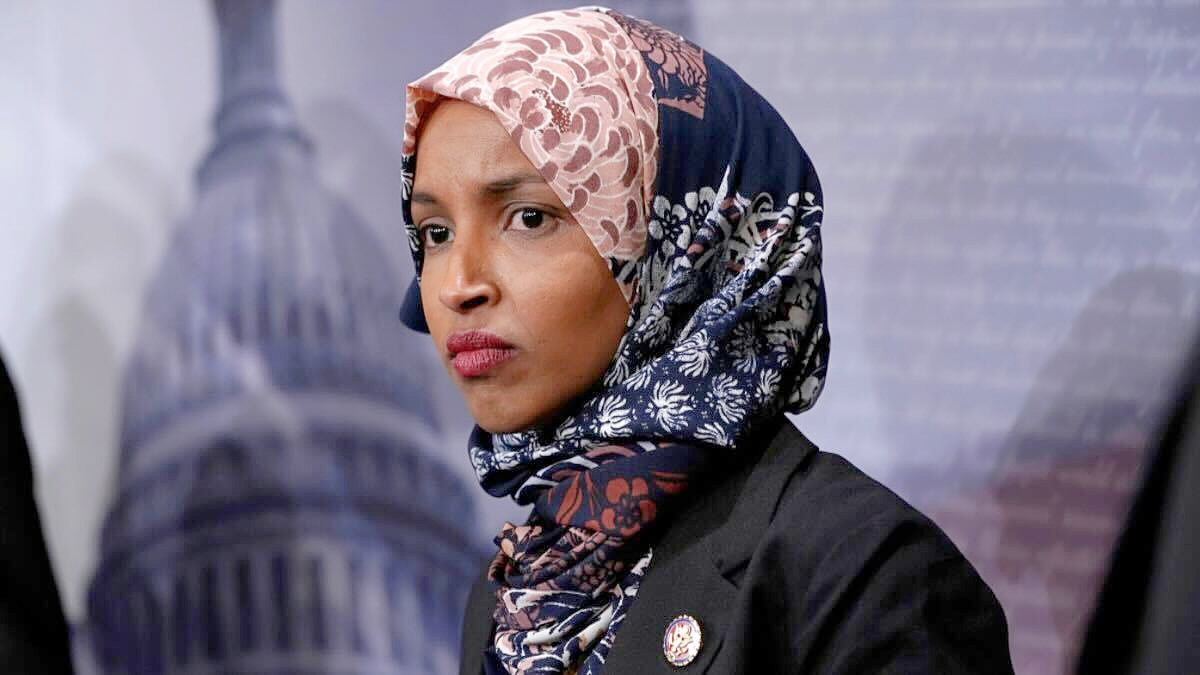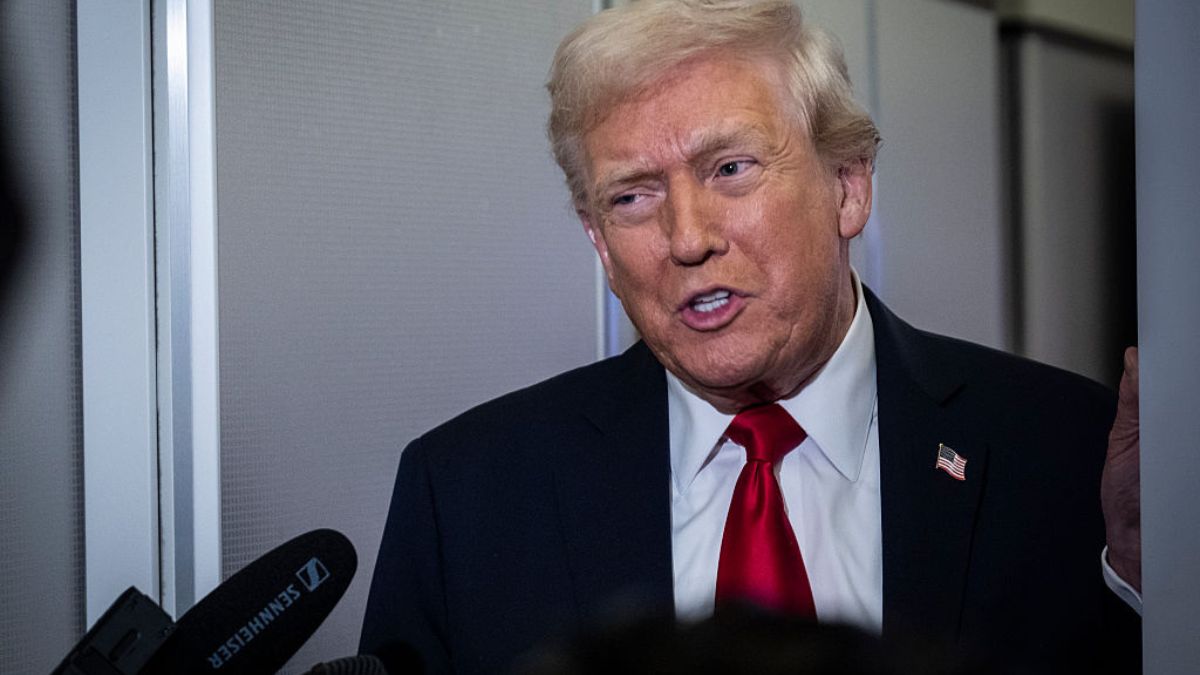Now that President-elect Donald Trump has won the election, people are bracing themselves for some changes. Last time he was in office, Trump did things like ban Muslims from entering the country, and meeting dictator Kim Jong Un in North Korea. This time around? There’s word that he’s going to get rid of the Department of Education (DOE) altogether. Is this true? Let’s find out.
Before we get into that, let’s take a look at what the DOE does. It was established in 1979 by President Jimmy Carter, who fulfilled a campaign promise to the National Education Association to make it a high-level federal agency.
Before that, government education programs were umbrellaed under various different federal agencies. The DOE provides funding for the Title I program, which supports low-income families. It’s also responsible for funding the IDEA program, to help children with disabilities.
The DOE has an explicit purpose of “ensuring access to equal educational opportunity for every individual.” In total, the DOE shells out about $28 billion annually. That doesn’t mean the DOE is keeping America’s schools afloat – in fact, the department is only responsible for about 10% of funding for schools. The rest? It comes from state and local taxes.
The DOE also provides around $30 billion annually in the form of Pell grants for low-income college students, and it’s responsible for managing the student loan portfolio, worth around $1.6 trillion.
Finally, the DOE can investigate discrimination complaints via its Office of Civil Rights, and it can create federal regulations that act as stipulations for receiving money. President Biden, for example, had the DOE craft his administration’s regulations regarding student loans and the treatment of transgender students.
During his first term, Trump did what he does best, roll back things other people have done before him. He rescinded some Obama-era disciplinary policies meant to protect minority students, for example.
On the campaign trail, Trump would point out the DOE as an example of how government overreach is a real problem for the American people.
“I say it all the time, I’m dying to get back to do this. We will ultimately eliminate the federal Department of Education,” he said in a September rally in Wisconsin. “We will drain the government education swamp and stop the abuse of your taxpayer dollars to indoctrinate America’s youth with all sorts of things that you don’t want to have our youth hearing.”
In order to fulfill this promise, Trump would need the support of Congress, and even with Republican control of both the House and the Senate, it’s not a likely scenario. In his first term, Trump tried to merge the DOE with the Department of Labor. This met stiff resistance from both the Senate and House despite being Republican-led, and the measure died a quick death.
The real problem, according to Frederick Hess, the director of education policy studies at the American Enterprise Institute, is the bureaucratic red tape that hinders federal money for schools that need it the most.
“Abolishing the department is little more than a shorthand,” he said. Even if the DOE was eliminated, some of the more important programs would probably move to other agencies. Why bother then? Who knows. Why go to North Korea? Trump does what Trump does.











Published: Nov 12, 2024 07:56 pm